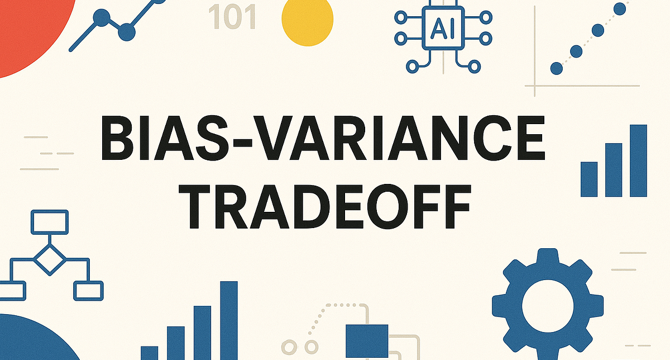Medium
2M
252

Image Credit: Medium
The Bias—Variance Dilemma: Why Imperfection is the Key to Better Models
- Bias is the difference between the model’s predicted and actual values, indicating systematic errors due to simplistic assumptions.
- High bias leads to underfitting, where the model does not capture the complexity of the data well and performs poorly on training and testing sets.
- Low bias signifies the model accurately fits the training data by capturing underlying patterns and relationships.
- Illustration: Trying to fit curve-shaped data points with a straight line leads to a simplistic model that misses most of the data points, showcasing the impact of bias-variance dilemma.
Read Full Article
15 Likes
For uninterrupted reading, download the app